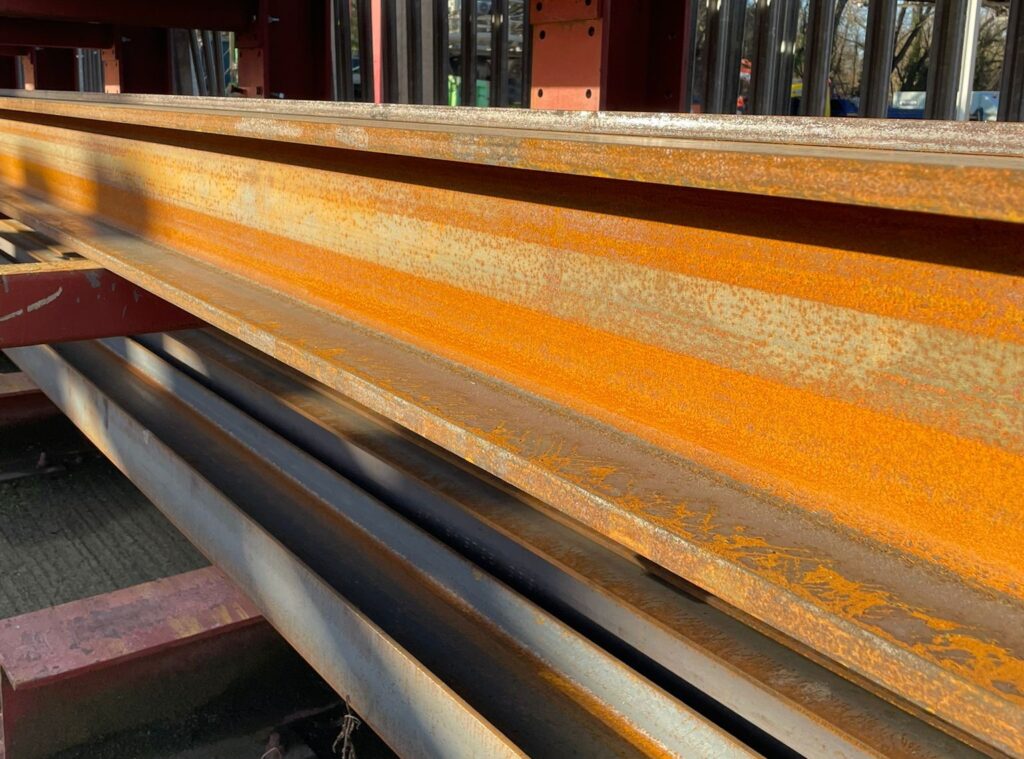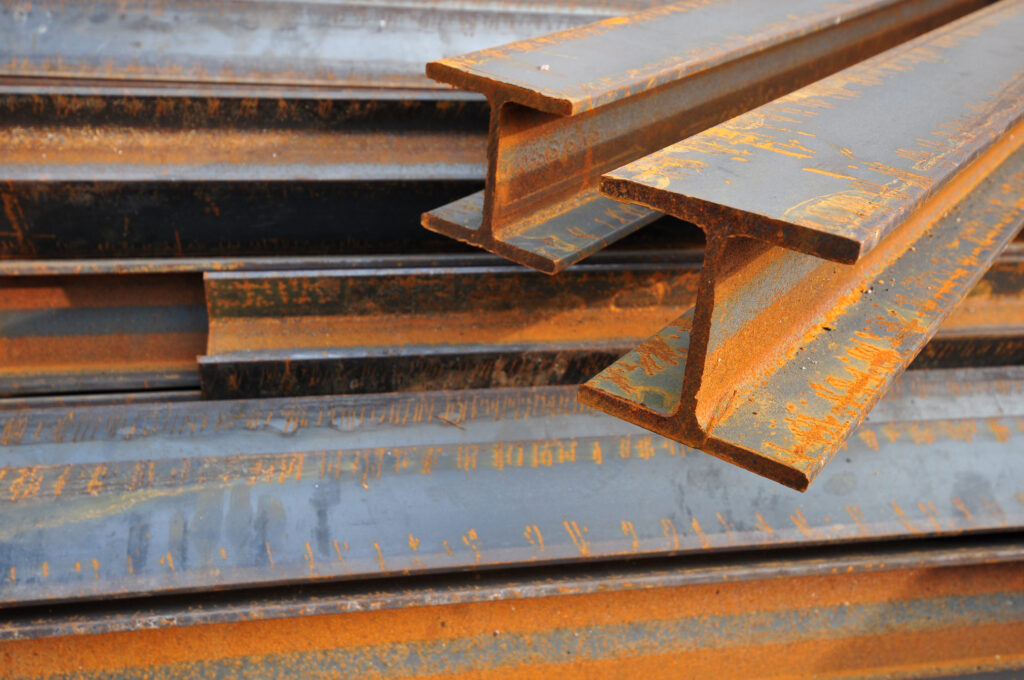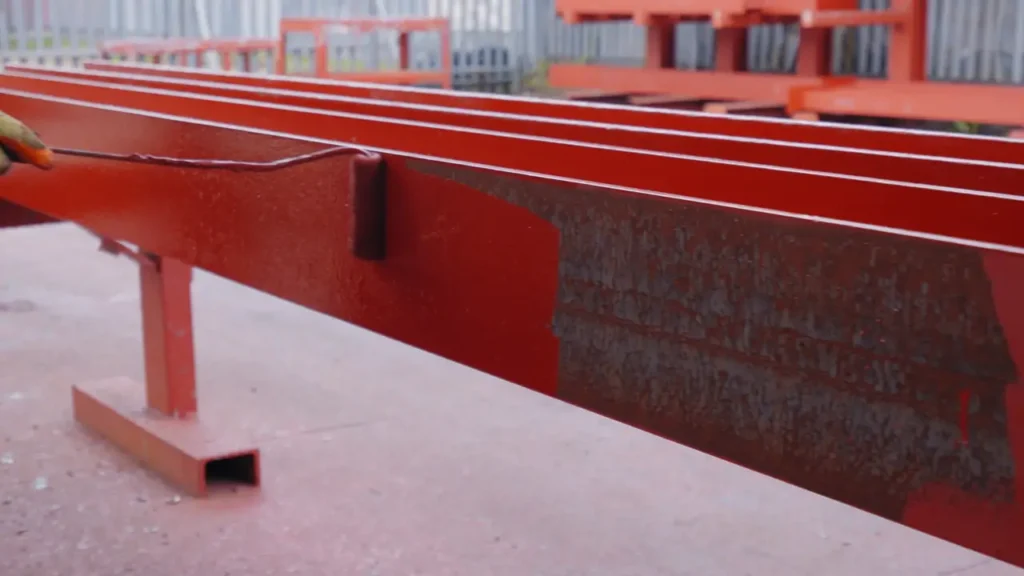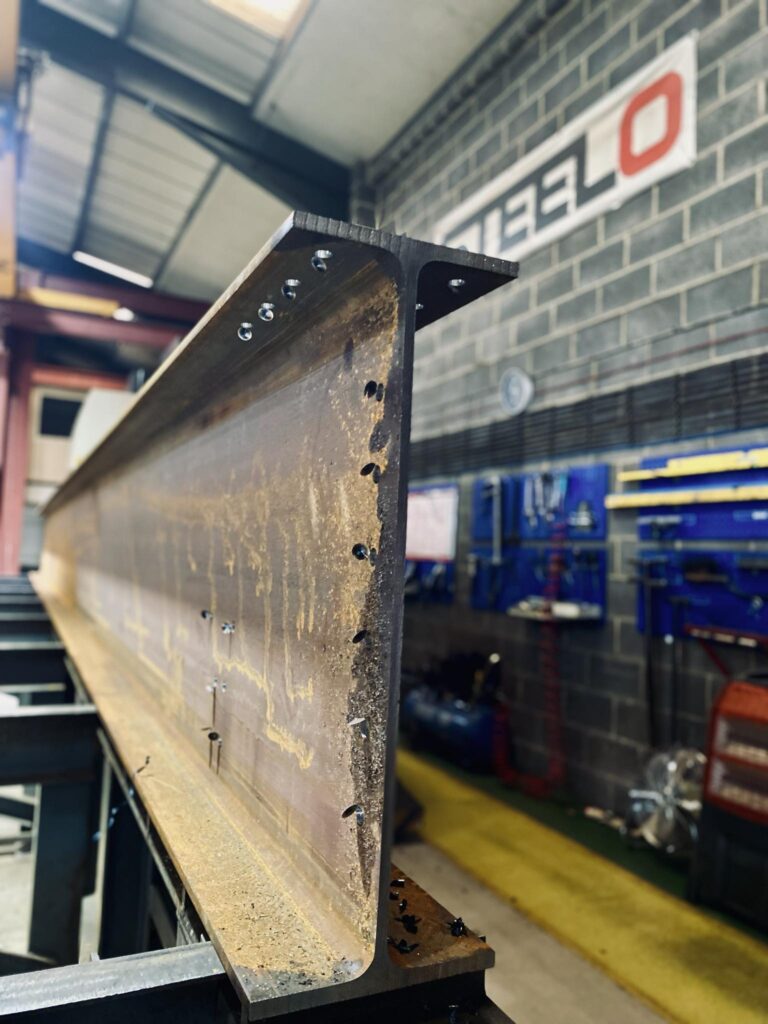Mastering Surface Preparation Techniques for Optimal Welding Quality
Proper surface preparation is crucial for achieving high-quality welds. The varying levels of Surface Preparation Techniques determine surface cleanliness, directly impacting welding strength, durability, and safety. Below is a detailed breakdown of these levels, their effects on welding quality, and the recommended actions to ensure readiness.
Understanding the Surface Preparation Scale
The Surface Preparation Scale categorizes levels of surface cleanliness to help welders and inspectors evaluate and improve surface conditions. Let’s dive into the specifics of each level.
Level 1: Rust-Covered

Appearance:
The surface is heavily coated with rust, resulting in a rough, uneven texture.
Impact on Welding:
Rust compromises welding quality by causing porosity, weak fusion, and the potential for rapid corrosion.
Recommended Action:
- Perform extensive surface preparation using mechanical methods like abrasive blasting or grinding.
- Follow up with chemical treatments to ensure rust removal.
Visit the British Stainless Steel Association’s Guide to Rust Removal for more detailed information.
Level 2: Minor Rust

Appearance:
Light rust or scale is visible but does not cover the entire surface.
Impact on Welding:
While less severe than heavy rust, minor rust can weaken weld integrity if not addressed.
Recommended Action:
- Use wire brushes or mild abrasive tools for cleaning.
- Conduct a detailed inspection to confirm surface readiness after cleaning.
Explore Effective Rust Removal Techniques for practical solutions.
Level 3: Clean but Coated

Appearance:
The surface is free from rust but may be coated with substances like paint, oil, or grease.
Impact on Welding:
Coatings can hinder adhesion or release harmful fumes during welding, impacting safety and quality.
Recommended Action:
- Clean surfaces with degreasers or solvents, and perform mechanical cleaning if necessary.
- Confirm complete removal of residual coatings before welding.
Check out the Safe Handling of Degreasers Guide by the UK Health and Safety Executive.
Level 4: Clean and Dry

Appearance:
The surface is free of visible dirt, oil, rust, and other contaminants.
Impact on Welding:
This is the optimal surface condition, ensuring excellent adhesion and fusion during welding.
Recommended Action:
- Conduct a final inspection to confirm no microscopic contaminants are present.
- Address any imperfections before starting the welding process.
Level 5: Prepared and Treated
Appearance:
The surface is clean and treated using advanced methods like phosphating to enhance welding properties.
Impact on Welding:
Prepared surfaces provide ideal conditions for welding, improving durability and corrosion resistance.
Recommended Action:
- Ensure the treatment is applied uniformly and remains intact.
- Perform regular inspections to maintain surface quality.
Learn about Advanced Surface Treatments for Metal from the British Stainless Steel Association.


